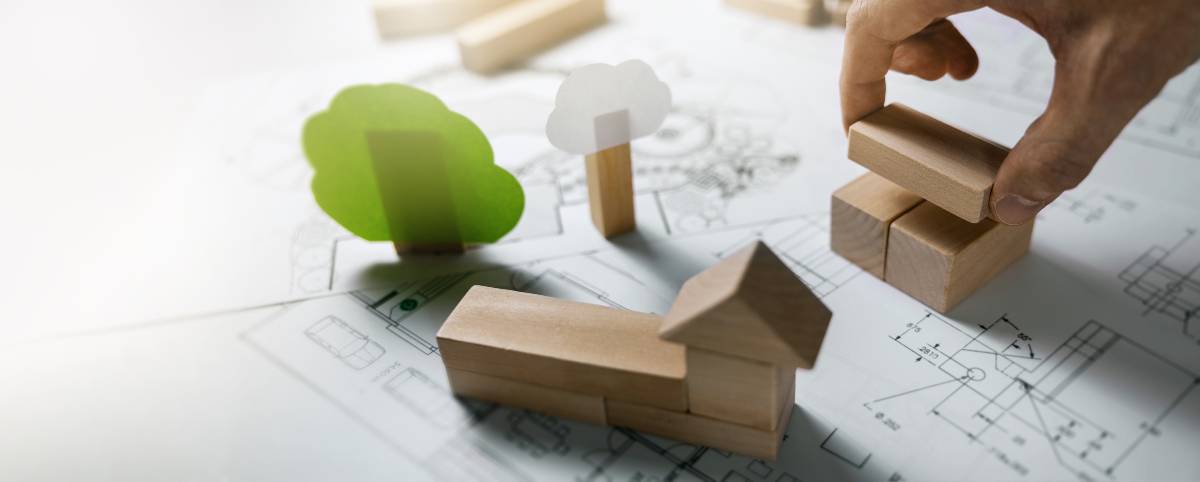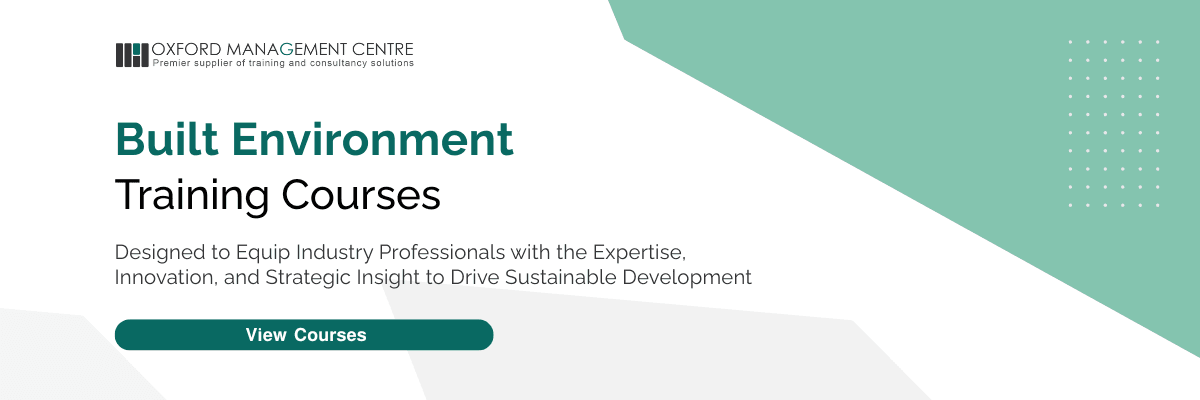
Best Practices for Integrating Sustainability in Built Environment Projects
How Strategic Sustainability Practices Shape the Future of the Built Environment
Sustainability in the built environment has evolved from being a niche consideration to a core business imperative. As climate change, urbanization, and resource scarcity continue to reshape the global landscape, organizations must rethink how infrastructure and development projects are designed, constructed, and maintained. For leaders in construction, architecture, urban planning, and property development, embedding sustainable practices into every stage of a project is not just about compliance—it is about creating resilient, efficient, and future-proof assets.
Sustainable built environment projects go beyond energy efficiency. They integrate lifecycle thinking, resource optimization, social impact considerations, and economic resilience. The result is an approach that supports environmental stewardship while delivering measurable value to stakeholders. By understanding best practices, decision-makers can ensure that sustainability becomes an operational norm rather than an afterthought. Engaging in specialized built environment training courses is one of the most effective ways to develop the expertise required for implementing these practices successfully.
Understanding the Foundations of Sustainable Built Environment Projects
A truly sustainable project addresses environmental, social, and economic factors in a balanced way. This approach requires collaboration between multiple disciplines—engineers, architects, project managers, urban planners, and policymakers—to align project goals with broader sustainability objectives.
Key foundational elements include:
- Environmental Stewardship: Reducing carbon emissions, conserving water, managing waste, and protecting biodiversity throughout a project’s lifecycle.
- Resource Efficiency: Selecting sustainable materials, optimizing supply chains, and designing for longevity to minimize environmental impact.
- Social Inclusion: Ensuring accessibility, community engagement, and equitable benefits for all stakeholders.
- Economic Viability: Balancing sustainability goals with cost efficiency and long-term value creation.
By grounding projects in these principles, organizations can avoid common pitfalls such as greenwashing, reactive compliance, or short-term decision-making that compromises sustainability objectives. Professionals who undergo built environment-focused training courses gain practical frameworks for translating these principles into actionable project strategies.
Embedding Sustainability from Concept to Completion
Integrating sustainability requires a shift in mindset from reactive measures to proactive design and planning. The process begins long before construction starts and continues through operation, maintenance, and eventual decommissioning.
1. Sustainable Project Planning and Feasibility: Early-stage planning is the most critical phase for embedding sustainability. Feasibility studies should evaluate environmental impact, resource requirements, and potential long-term benefits alongside financial considerations. Advanced modeling tools can forecast the performance of sustainable designs, helping decision-makers justify their choices.
2. Selecting Sustainable Materials and Technologies: Material selection influences not only environmental performance but also lifecycle costs. Low-carbon concrete, recycled steel, responsibly sourced timber, and modular components are gaining popularity. Incorporating renewable energy systems, smart building controls, and water reclamation technologies further enhances sustainability outcomes.
3. Stakeholder Collaboration and Communication: Successful projects engage all stakeholders—investors, contractors, end-users, and community members—from the outset. Clear communication of sustainability objectives fosters alignment, reduces conflict, and builds public trust.
4. Monitoring and Adaptive Management: Even the best-laid sustainability plans require regular monitoring. Integrating key performance indicators (KPIs) into project management systems allows for data-driven decision-making and continuous improvement.
Professionals who participate in advanced built environment management training courses can develop the skills to oversee these complex, multi-stakeholder processes while maintaining sustainability goals.
Applying Global Standards and Certifications
International standards and certifications provide benchmarks for sustainable construction and development. Frameworks such as LEED (Leadership in Energy and Environmental Design), BREEAM (Building Research Establishment Environmental Assessment Method), and WELL Building Standard guide projects toward achieving high environmental and social performance.
Adhering to these standards not only enhances a project’s sustainability credentials but also increases marketability, investor confidence, and compliance with evolving regulations. By aligning with global best practices, project teams can streamline reporting, improve operational efficiency, and access financial incentives tied to green development. Specialized sustainability integration training courses for the built environment help professionals understand these certification systems in depth, equipping them to navigate the documentation, assessment, and implementation processes effectively.
Leveraging Digital Innovation for Sustainability
Digital transformation is a catalyst for sustainable built environment projects. Technologies such as Building Information Modelling (BIM), digital twins, AI-driven design tools, and IoT-enabled monitoring systems allow teams to make data-driven decisions, optimize resource use, and predict future performance.
For example:
- BIM enables real-time collaboration, reducing design errors and material waste.
- Digital twins provide virtual models for testing sustainability scenarios before implementation.
- IoT sensors monitor energy consumption, water usage, and indoor air quality for ongoing optimization.
Integrating these technologies ensures that sustainability is not just designed into a project but actively managed throughout its lifecycle.
Addressing Challenges in Sustainable Project Integration
While the benefits are clear, integrating sustainability is not without challenges. Common barriers include budget constraints, resistance to change, lack of technical expertise, and limited access to sustainable materials. Overcoming these obstacles requires strong leadership, cross-disciplinary collaboration, and targeted capacity building.
This is where professional built environment sustainability training courses provide significant value—helping leaders and teams acquire the tools to navigate regulatory requirements, manage stakeholder expectations, and implement innovative solutions under real-world constraints.
Long-Term Benefits of Sustainability Integration
Organizations that prioritize sustainability in built environment projects enjoy multiple long-term advantages:
- Enhanced Brand Reputation: Demonstrating a genuine commitment to sustainability builds trust with clients, communities, and investors.
- Operational Efficiency: Energy-efficient systems, optimized resource use, and low-maintenance designs reduce operational costs.
- Regulatory Resilience: Staying ahead of evolving environmental regulations minimizes compliance risks.
- Market Competitiveness: Sustainable projects are increasingly favored in both public and private sector procurement.
By making sustainability a strategic priority, companies position themselves as leaders in a competitive and rapidly changing marketplace.
Building Capacity for a Sustainable Future
The transition to sustainable built environment practices requires more than technical expertise—it demands a shift in organizational culture. Leaders must champion sustainability as a business imperative, embedding it in corporate strategy, project governance, and performance measurement.
Investing in ongoing education is a crucial part of this transformation. Through specialized built environment sustainability training courses, professionals can stay updated on emerging technologies, regulatory changes, and evolving best practices, ensuring their organizations remain at the forefront of sustainable innovation.
Conclusion
Integrating sustainability into built environment projects is no longer an optional enhancement—it is a strategic necessity. By embedding best practices from the earliest planning stages, aligning with global standards, leveraging digital technologies, and building organizational capacity, leaders can create infrastructure that meets the needs of today while safeguarding the future. For professionals looking to deepen their expertise, exploring tailored sustainability-focused built environment training courses is an effective step toward driving meaningful change in their projects and organizations.







